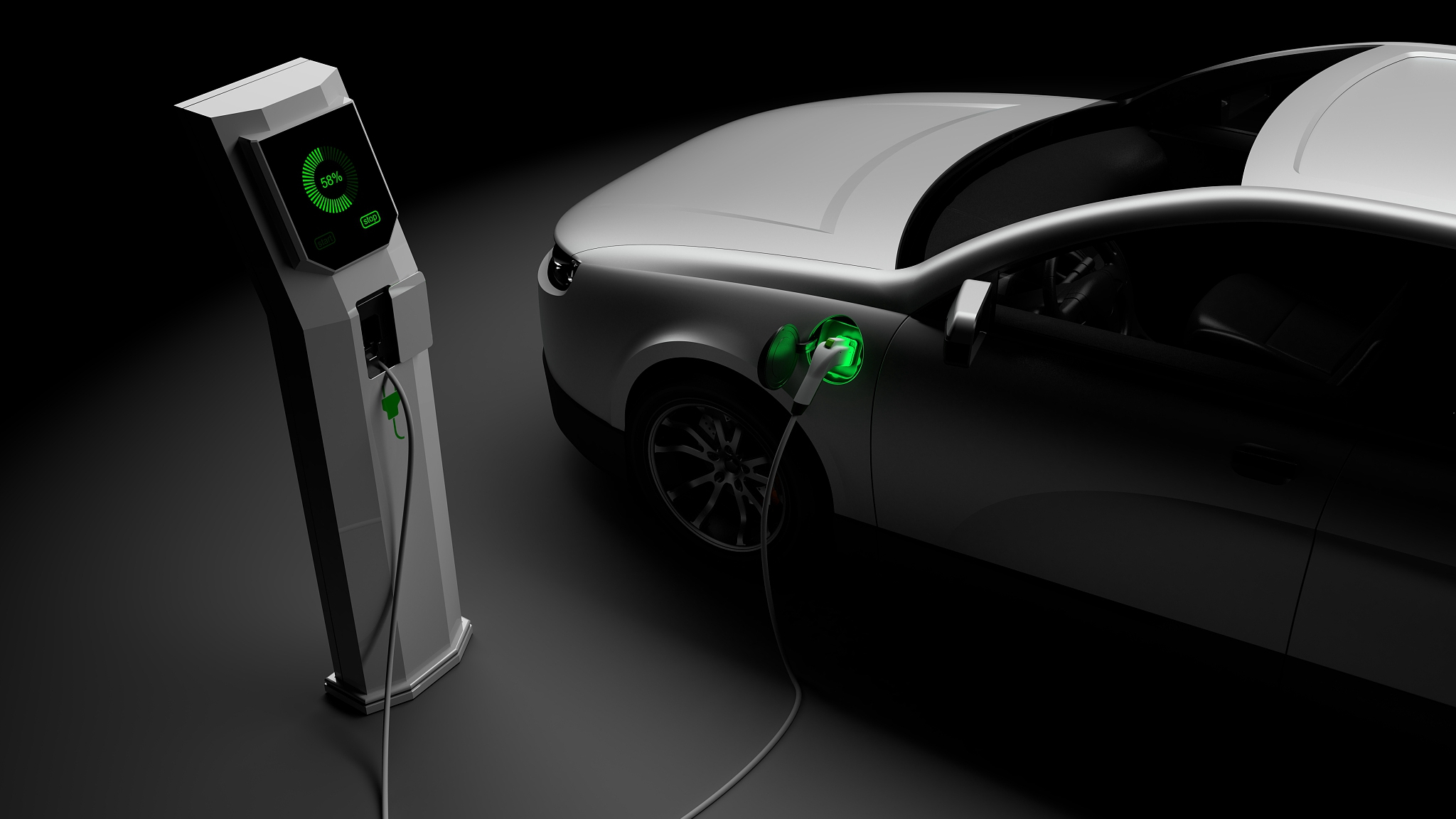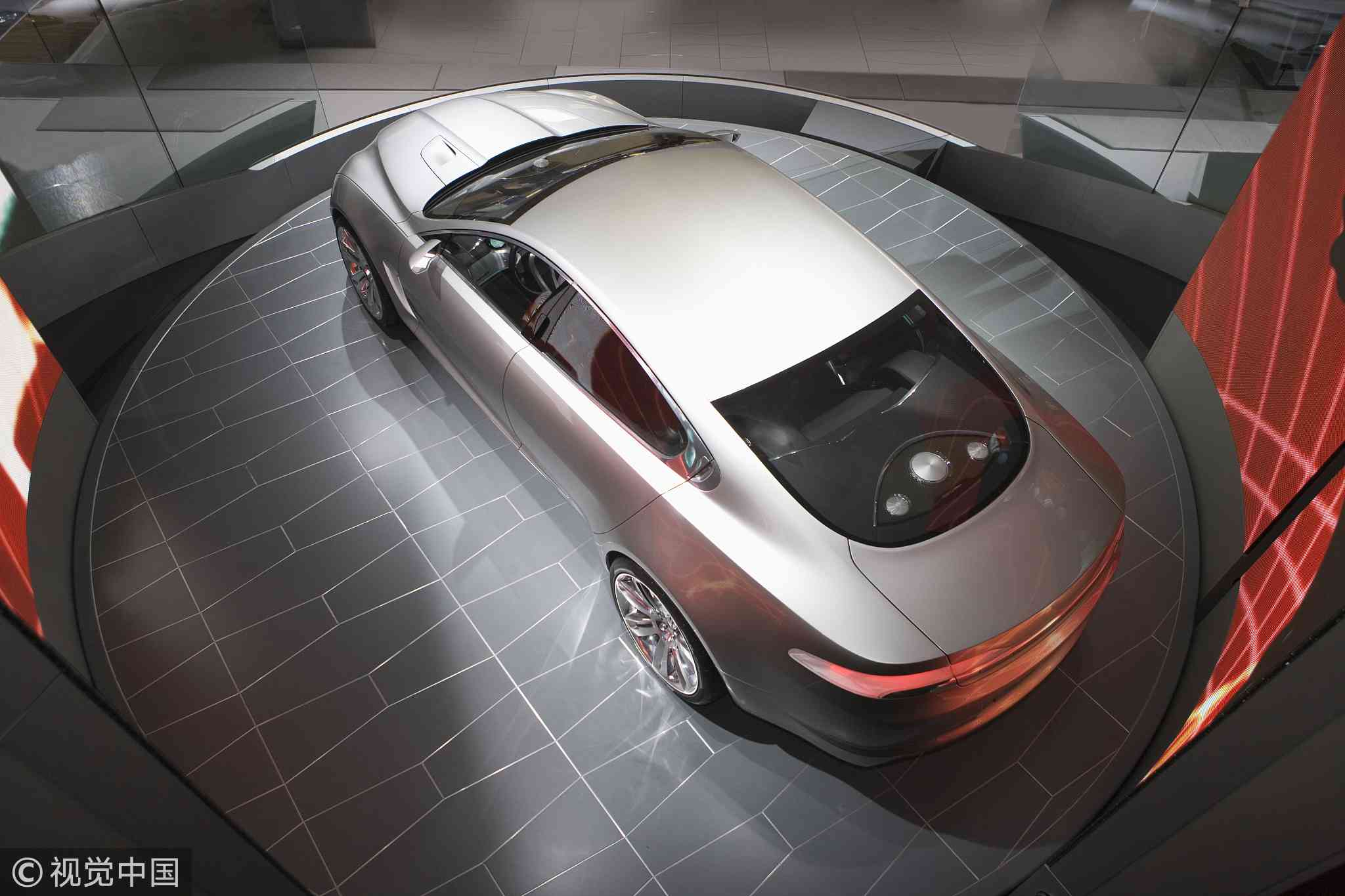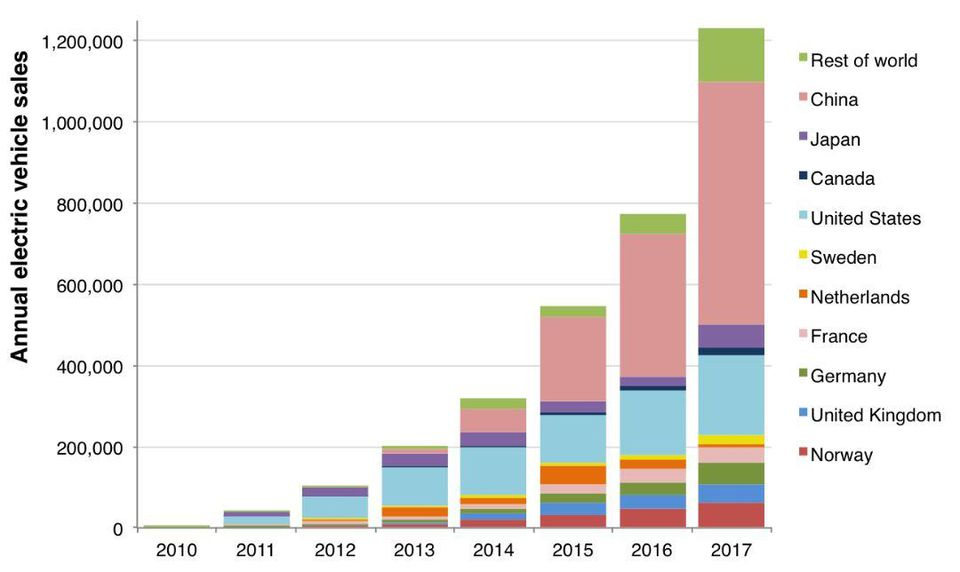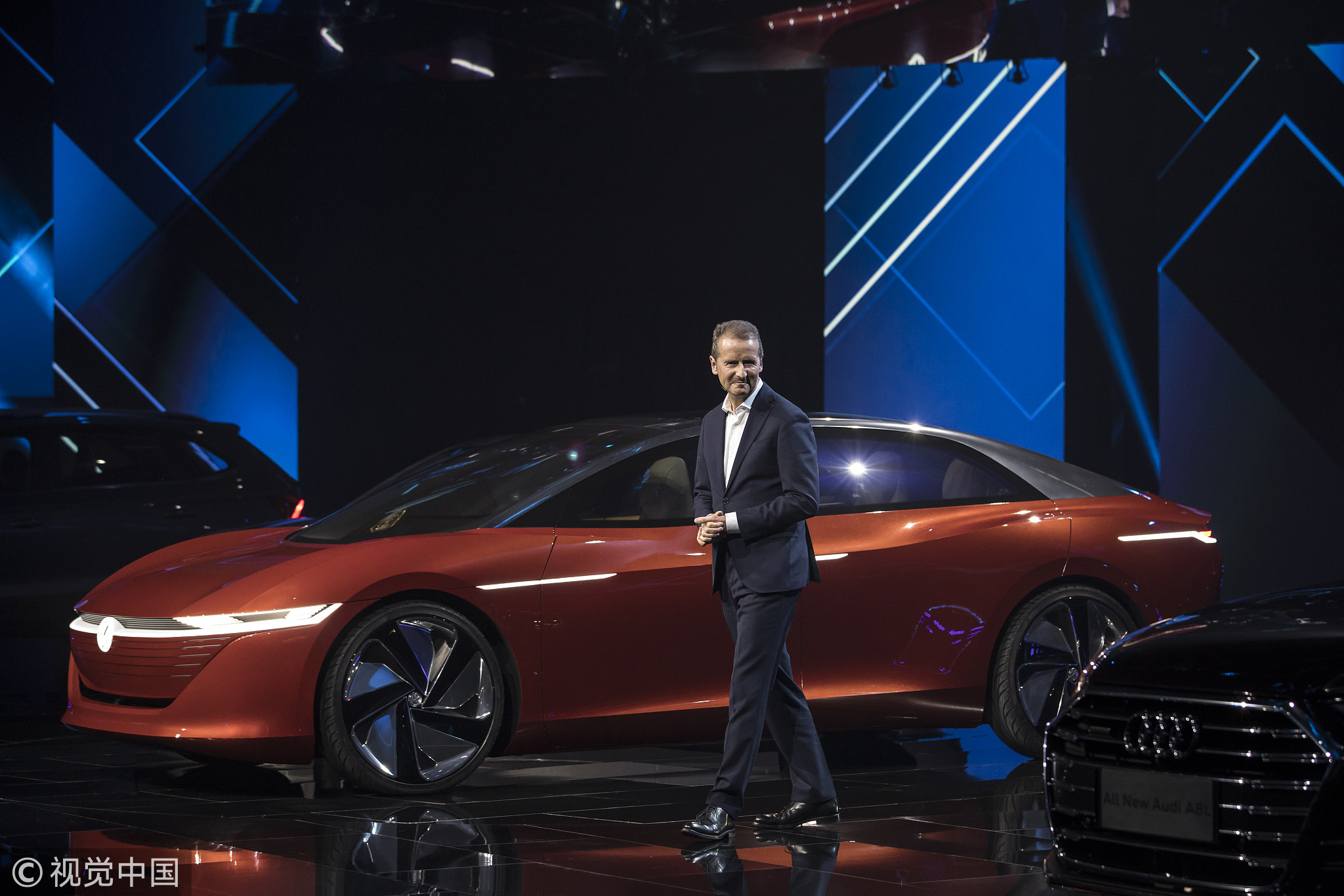
Opinions
14:22, 18-Sep-2018
Opinion: China could lead the future of transport
Updated
13:45, 21-Sep-2018
Yang Hangjun

Editor's note: Yang Hangjun is a professor in Transport and Logistics at the University of International Business and Economics in Beijing, China. The article reflects the author's opinion, and not necessarily the views of CGTN.
With increasing income levels, many Chinese consumers can purchase a car. However, the fast growth of car ownership has caused significant challenges to Chinese cities, notably traffic congestion and air pollution.
Globally, new technologies are redefining the future of transport. In this article, we will briefly discuss electric vehicles, autonomous driving, and shared mobility services in the future transport. In particular, we will look at China's role in it.
Electric vehicles (EVs) are seen as a potential solution to the growing environmental problem and diminishing fossil fuel reserve. In 2016, the German and Indian governments announced that all new cars registered must be EVs by the year 2030.

An electric vehicle is exhibited in a car exhibition. / VCG Photo
An electric vehicle is exhibited in a car exhibition. / VCG Photo
China, the world's largest vehicle market, is preparing a plan to stop the production and sale of vehicles powered only by fossil fuels and is likely to have a complete ban on gasoline vehicles (GVs) before 2040.
The United Kingdom, France, Norway, and the Netherlands have similar plans that replace GVs by EVs. Figure 1 (seen below) shows that the sales of EVs increased dramatically from 2010 to 2017. In particular, China has become the largest market of EVs in the world since 2015.
After seeing 53 percent growth in EV sales from 2016 to 2017, Chinese consumers are very likely to purchase more than 1 million EVs in 2018. Given the huge demand and rapid development, China is and will continue to be the world leader in the EV industry.

Figure 1: Annual sales of electric vehicles 2010-2017 (Source: EV Volumes)
Figure 1: Annual sales of electric vehicles 2010-2017 (Source: EV Volumes)
Although autonomous driving cars still need improvements, I believe that they will be widely adopted all over the world in the near future. Indeed, the Chinese government is quite open to autonomous driving and is very supportive of the development of a Chinese designed and made self-driving car.
Besides governments, China's Internet giants are also very interested in Artificial Intelligence (AI) and autonomous driving. Baidu, Alibaba, and Tencent (BAT) are now all in the self-driving industry.
Among the BAT, Baidu is the first to initiate research on AI and autonomous driving and has been developing its self-driving system since 2015. Alibaba and Tencent are also developing their own autonomous driving systems.
Given the rapid development of autonomous driving, the Chinese government has issued road testing regulations on self-driving vehicles.
On Apr. 11, 2018, the Ministry of Transport (MOT), the Ministry of Industry and Information Technology (MIIT), and the Ministry of Public Security (MPS) jointly issued the Administrative Rules on Intelligent and Connected Vehicle Road Testing (Trial), including requirements on test applications, vehicles, drivers, etc.
Moreover, Chinese consumers are generally not that afraid of self-driving vehicles. Hence, China is likely to become one of the pioneers of adopting autonomous driving cars.

Chief executive officer of Volkswagen AG (VW), walks past an electric I.D. Vizzion concept-model limousine (L) at a media event ahead of the Beijing International Automotive Exhibition in Beijing, China, April 24, 2018./ VCG Photo
Chief executive officer of Volkswagen AG (VW), walks past an electric I.D. Vizzion concept-model limousine (L) at a media event ahead of the Beijing International Automotive Exhibition in Beijing, China, April 24, 2018./ VCG Photo
In the past few years, China has seen dramatic growth in sharing economy, especially in shared mobility services such as bike-sharing and ride-hailing. The bike-sharing scheme is not new and has been operating in many countries for a long time.
However, the mobile phone APP-based dockless bike-sharing program has made a big difference. Almost overnight, dozens of bike-sharing companies popped up in 2017, which operated a combined fleet of 16 million shared bikes in China.
The uncontrolled deployment of massively shared bikes on the streets of many Chinese cities caused quite a few issues, e.g., shared bikes clogged sidewalks and many operators went for bankruptcy due to fierce price wars.
In my opinion, if the shared bikes can be regulated well and the operators can find a way to develop profitable business models, the future of dockless bike-sharing will still be bright.
Ride-hailing is a relatively new phenomenon. Uber and Didi Chuxing are the two most well-known ride-hailing platforms. After Didi Chuxing acquired Uber China in 2016, it has become the dominating player in the Chinese ride-hailing market. By the end of 2017, Didi Chuxing had 450 million registered users and Uber had only 75 million registered users worldwide.

Logo of Didi Chuxing is seen at its headquarters building in Beijing, China, Aug. 28, 2018. /VCG Photo
Logo of Didi Chuxing is seen at its headquarters building in Beijing, China, Aug. 28, 2018. /VCG Photo
In China, the car ownership is still quite low. Moreover, the number of taxi licenses is strictly regulated in most Chinese cities. So, the demand for ride-hailing turns out to be high. The situation is not expected to change in the near future. Didi Chuxing will continue to dominate the ride-hailing business in China.
Although car-sharing is relatively mature in western countries, the development in China is still in its infant stage. Since 2015, car-sharing has gradually gained some momentum. In particular, the Chinese government tries to leverage car-sharing to stimulate the EV sales.
However, there are still challenges in the Chinese car-sharing industry. For instance, most Chinese prefer to own a car than to share a car with others. It takes time for Chinese consumers to change the perception of owning a car as a status symbol.
Therefore, ride-hailing will be the main mode in the shared mobility services and car-sharing will serve as a complementary service in China.
(If you want to contribute and have specific expertise, please contact us at opinions@cgtn.com.)

SITEMAP
Copyright © 2018 CGTN. Beijing ICP prepared NO.16065310-3
Copyright © 2018 CGTN. Beijing ICP prepared NO.16065310-3